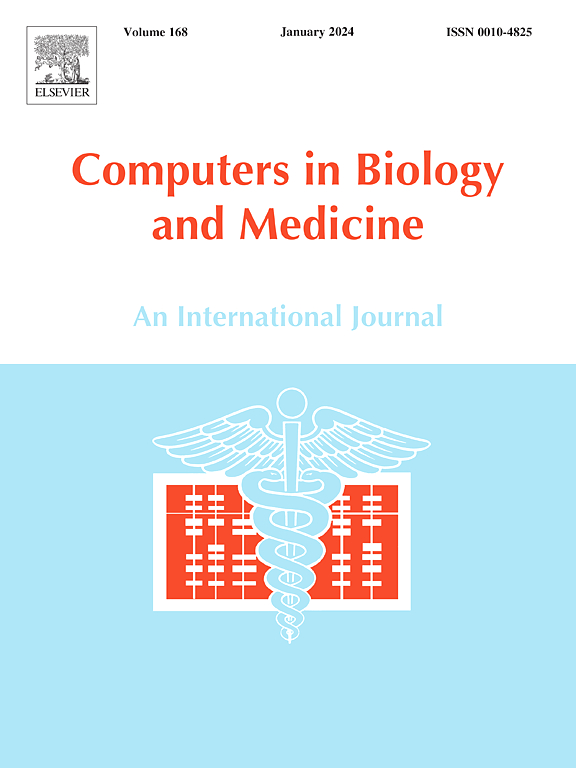ThreeF-Net: Fine-grained feature fusion network for breast ultrasound image segmentation
IF 7
2区 医学
Q1 BIOLOGY
引用次数: 0
Abstract
Convolutional Neural Networks (CNNs) have achieved remarkable success in breast ultrasound image segmentation, but they still face several challenges when dealing with breast lesions. Due to the limitations of CNNs in modeling long-range dependencies, they often perform poorly in handling issues such as similar intensity distributions, irregular lesion shapes, and blurry boundaries, leading to low segmentation accuracy. To address these issues, we propose the ThreeF-Net, a fine-grained feature fusion network. This network combines the advantages of CNNs and Transformers, aiming to simultaneously capture local features and model long-range dependencies, thereby improving the accuracy and stability of segmentation tasks. Specifically, we designed a Transformer-assisted Dual Encoder Architecture (TDE), which integrates convolutional modules and self-attention modules to achieve collaborative learning of local and global features. Additionally, we designed a Global Group Feature Extraction (GGFE) module, which effectively fuses the features learned by CNNs and Transformers, enhancing feature representation ability. To further improve model performance, we also introduced a Dynamic Fine-grained Convolution (DFC) module, which significantly improves lesion boundary segmentation accuracy by dynamically adjusting convolution kernels and capturing multi-scale features. Comparative experiments with state-of-the-art segmentation methods on three public breast ultrasound datasets demonstrate that ThreeF-Net outperforms existing methods across multiple key evaluation metrics.
ThreeF-Net:用于乳腺超声图像分割的细粒度特征融合网络
卷积神经网络(cnn)在乳腺超声图像分割中取得了显著的成功,但在处理乳腺病变时仍面临一些挑战。由于cnn在远程依赖关系建模方面的局限性,在处理强度分布相似、病灶形状不规则、边界模糊等问题时往往表现不佳,导致分割精度较低。为了解决这些问题,我们提出了一个细粒度特征融合网络——three - net。该网络结合了cnn和transformer的优点,旨在同时捕获局部特征和建模远程依赖关系,从而提高分割任务的准确性和稳定性。具体而言,我们设计了一种变压器辅助双编码器架构(TDE),该架构集成了卷积模块和自关注模块,以实现局部和全局特征的协同学习。此外,我们还设计了Global Group Feature Extraction (GGFE)模块,有效地融合了cnn和transformer学习到的特征,增强了特征表示能力。为了进一步提高模型的性能,我们还引入了动态细粒度卷积(Dynamic Fine-grained Convolution, DFC)模块,该模块通过动态调整卷积核和捕获多尺度特征,显著提高了病灶边界分割的精度。在三个公共乳腺超声数据集上与最先进的分割方法进行的对比实验表明,ThreeF-Net在多个关键评估指标上优于现有方法。
本文章由计算机程序翻译,如有差异,请以英文原文为准。
求助全文
约1分钟内获得全文
求助全文
来源期刊

Computers in biology and medicine
工程技术-工程:生物医学
CiteScore
11.70
自引率
10.40%
发文量
1086
审稿时长
74 days
期刊介绍:
Computers in Biology and Medicine is an international forum for sharing groundbreaking advancements in the use of computers in bioscience and medicine. This journal serves as a medium for communicating essential research, instruction, ideas, and information regarding the rapidly evolving field of computer applications in these domains. By encouraging the exchange of knowledge, we aim to facilitate progress and innovation in the utilization of computers in biology and medicine.
 求助内容:
求助内容: 应助结果提醒方式:
应助结果提醒方式:


